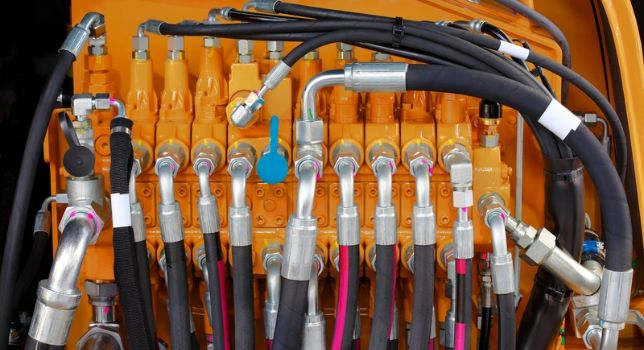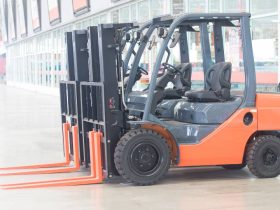Hose assemblies that are damaged, have a leak or are soon about to fail pose a risk to the health and safety of staff and also the environment through contamination. It is therefore crucial that hoses are routinely inspected and reviewed to eliminate these risks.
Testing industrial hoses also help from a financial perspective. The loss of production from hose failure has the potential to be a very costly situation.
There are different options and services to choose from for hose testing, and the one most suited usually depends on your set up. We outline some of the most popular hose testing methods.
Electrical Continuity Test
Some applications have the need for an electrical bond between the end fittings. This avoids static build-up in a hose. To do this, a conductive material is used in the hose bonded to the end fittings. This test checks this continuity using a multi-meter.
Hydrostatic Testing
A hydrostatic test involves filling a test hose with water and raising the pressure beyond that of its average working pressure. This pressure is held for a period of time, testing the integrity of the hose, whilst a visual inspection is carried out.
Visual Inspections
Visual Inspections use various means to assess the exterior of the hose for damage. Some flaws are easy to recognise and others are not so obvious. Although a small mark can seem harmless, it could potentially indicate a more serious issue.
Internal Inspection
A hose assembly could pass a hydrostatic test and visual inspection – but there could potentially still be an accident waiting to happen inside the hose. This could cause it to fail at a date soon after the test.
Helium Testing
Helium is a super rare gas and is not often found naturally in our atmosphere. Due to its small molecular size, it can fit through very small holes. Overall, it’s a great gas to test potential leaks with.
Nitrogen Testing
For nitrogen testing, a hose will need to be fully sealed, so appropriate preparation methods will need to be considered. The hose is then hooked up to a test rig which uses nitrogen to test the pressure.
The hose is also often submerged in water, so if bubbles appear, it is an indicator that there is a leak somewhere on the hose.
Vacuum Testing
Vacuum testing is for testing hoses that are used for suction. This ensures that they will remain rigid whilst in operation.










